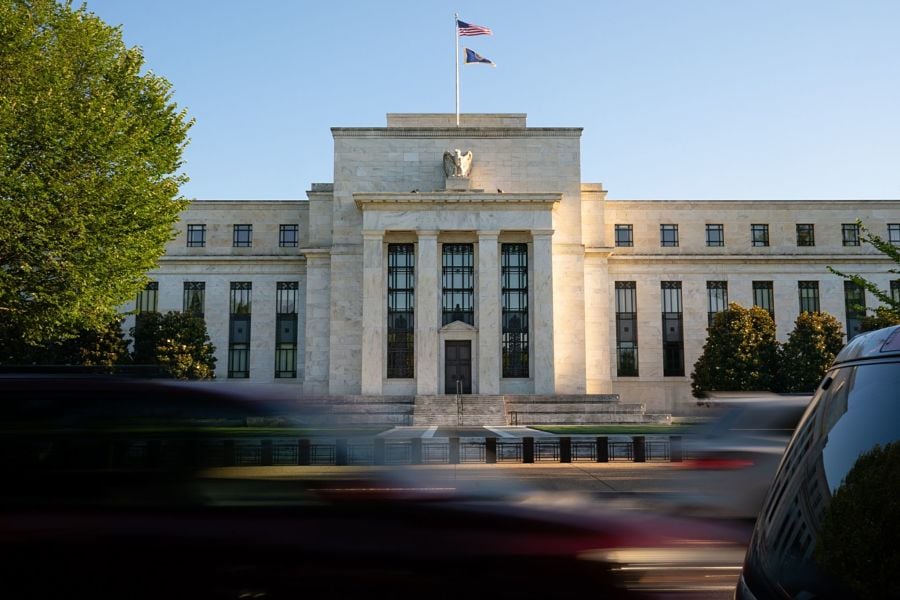

Financial advisors and market watchers will continue looking toward September for the Federal Reserve’s next swipe at the inflation giant it hasn’t yet been able to slay.
The quarter-point hike Wednesday, which came after a rare pause in the rate-hike cycle in June, sends the overnight rate to a new range of between 5.25% and 5.5%, while inflation hovers above the Fed’s 2% target rate at around 3.5%.
Even though rate hikes are generally seen as a drag on stocks, most financial advisors are ready to pull off the bandage in order to get past a tightening cycle that has pushed rates to their highest point in 22 years.
“The Fed was late to the party with regards to keeping inflation in check, so it’s time to play catch up,” said Chuck Failla, president of Sovereign Financial Group. “I also think the Fed believes that if they show too much dovishness now, then inflation will be harder to manage.”
The Fed doesn’t meet in August, but Paul Schatz, president of Heritage Capital, expects it to take another pause in September to measure the inflation data against the impact of the latest rate hike.
“In the grand scheme of things, this is what they have been telegraphing since they started raising rates,” Schatz said.
The June pause throws a wrench into the works of forecasting the Fed’s next moves, said Jeanette Garretty, chief economist and managing director at Robertson Stephens.
“Now that they’ve set the precedent of skipping a meeting and going back to raising rates, which is not typical Fed behavior, I’m on the fence about what they might do in September,” she said.
While Fed Chairman Jay Powell has offered the markets new levels of transparency regarding the direction of monetary policy, Garretty said it's still difficult to appreciate what might be driving decisions.
“This Fed’s explanation of decisions being data-driven is offered up to make things seem very precise, but it depends on the data you’re driven from,” she said. “Some of that data has known problems. I think the essence of the challenge is if we look through some of this problematic data, we’re looking at a rate of inflation moving to 3.75% right now.”
Garretty believes the Fed might be privately ready to acknowledge a 3.75% rate of inflation is going to be as good as it gets for a while.
“Inflation at 3.75% is much lower than it has been, but it’s not 2%, and that’s what we all have to come to grips with,” she said. “Unless the Fed is going to change that 2% target then rational people have to agree that they will probably continue to push rates up.”
Vance Barse, founder of Your Dedicated Fiduciary, describes the Fed's current rate-hike cycle as in its “eighth or ninth inning, but innings can take a lot longer than you think.
“The reality is the Fed committed a monetary policy mistake because it waited so long to raise rates when inflation was spiking,” Barse said. “The age-old adage is that the Fed hikes until something breaks, and the one thing that hasn’t broken yet is core inflation ex-housing, which the Fed claims is its core metric.”
Meanwhile, as the Fed continues its tug-of-war with inflation, which is down from a 40-year-high peak of 9%, some see the challenge being compounded by Powell's celebrated transparency.
“I think Wall Street analysts are more willing to forecast what Powell will do next, so the market has been absorbing and sidestepping all these rate increases and just moving on,” said Martin Smith, president of Wealthcare Financial Group.
He compared Powell to former Fed Chair Alan Greenspan, who famously referenced “irrational exuberance” in the markets in 1996 leading up to the dot-com bubble.
“Greenspan would always speak in cryptic language and people would try to figure out what it meant, but I think the market has been more willing to price in Powell’s words and actions,” Smith said. “Rates will probably have to move higher in order to get the gut punch to the economy, then maybe the economy will slow down in the way the Fed wants it to.”

Relationships are key to our business but advisors are often slow to engage in specific activities designed to foster them.

Whichever path you go down, act now while you're still in control.

Pro-bitcoin professionals, however, say the cryptocurrency has ushered in change.

“LPL has evolved significantly over the last decade and still wants to scale up,” says one industry executive.

Survey findings from the Nationwide Retirement Institute offers pearls of planning wisdom from 60- to 65-year-olds, as well as insights into concerns.
Streamline your outreach with Aidentified's AI-driven solutions
This season’s market volatility: Positioning for rate relief, income growth and the AI rebound
